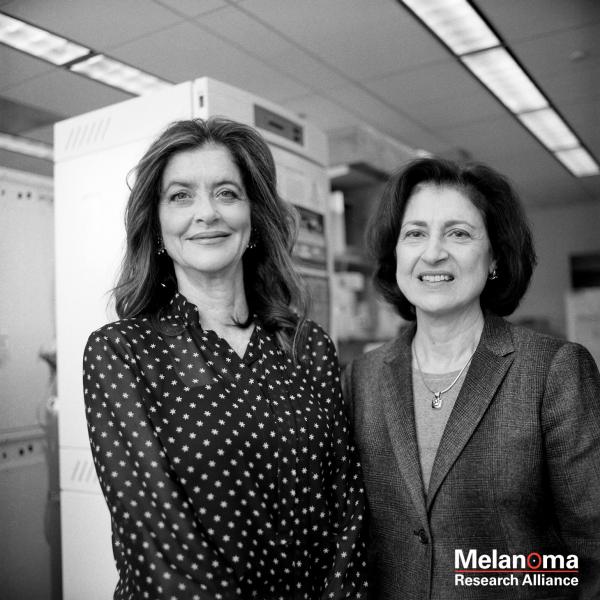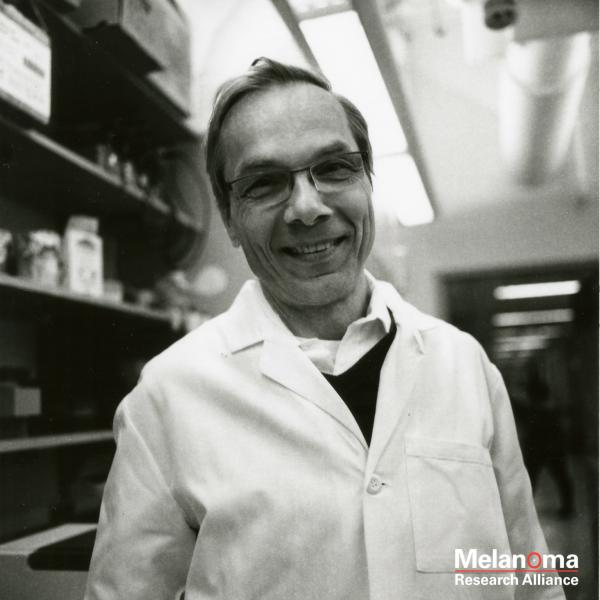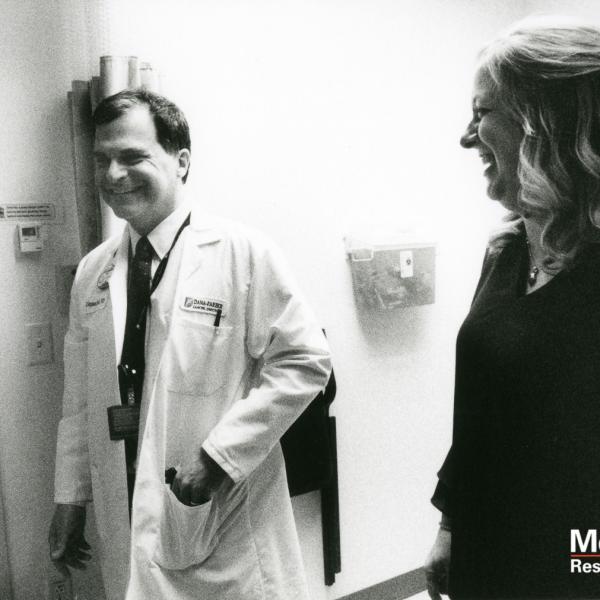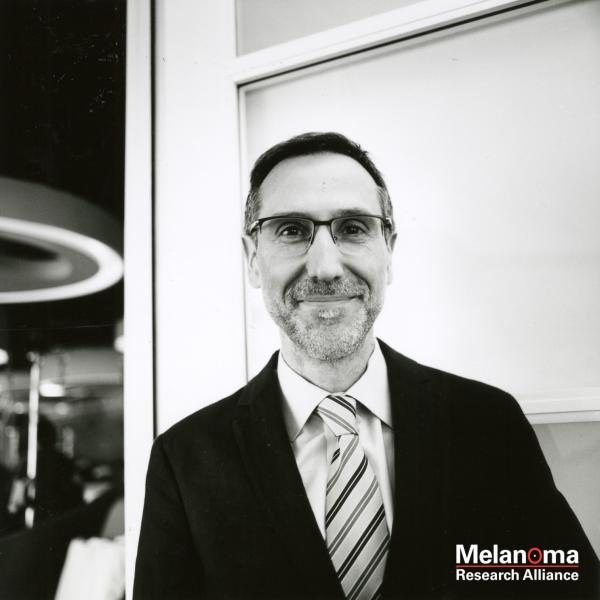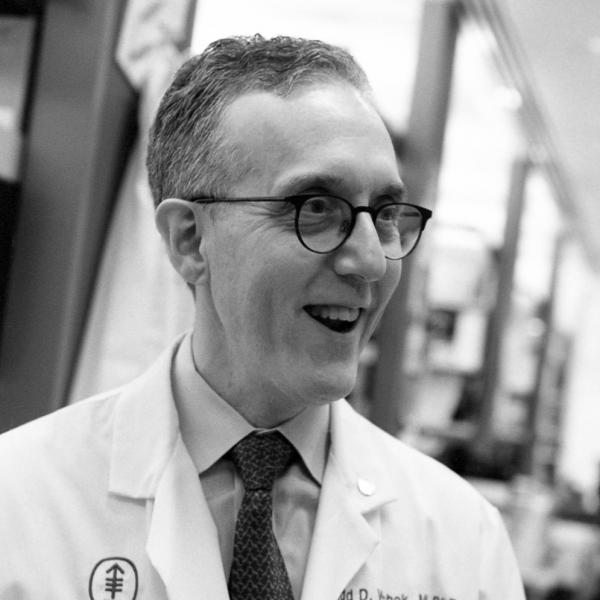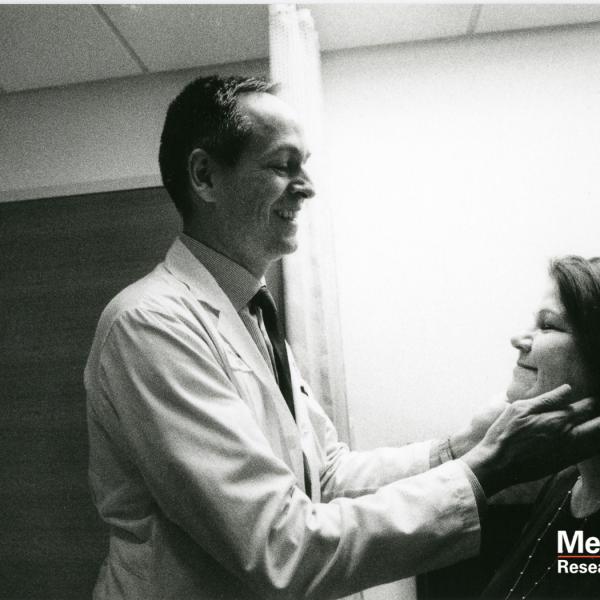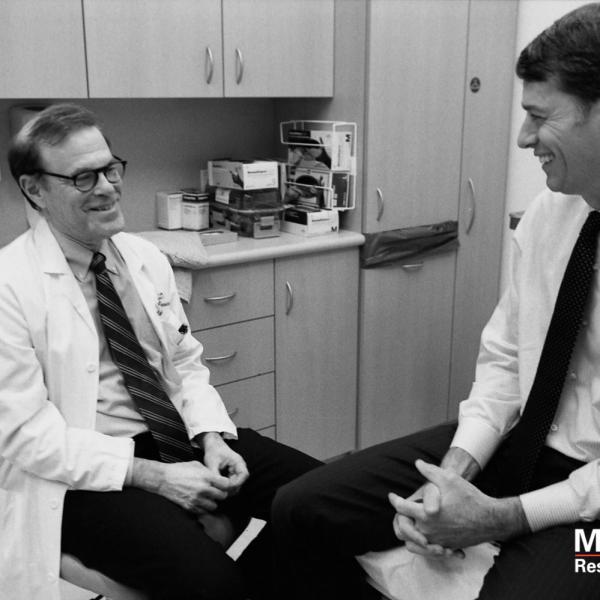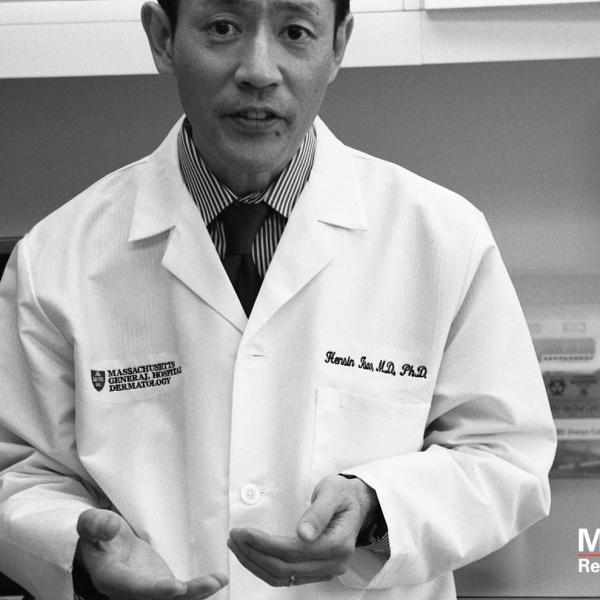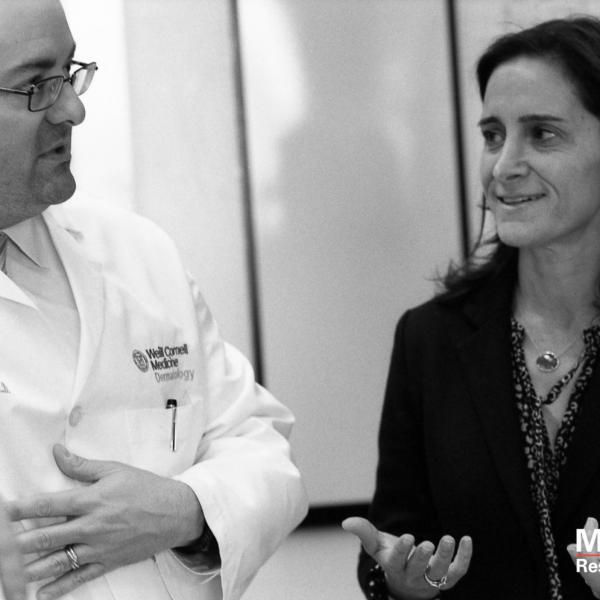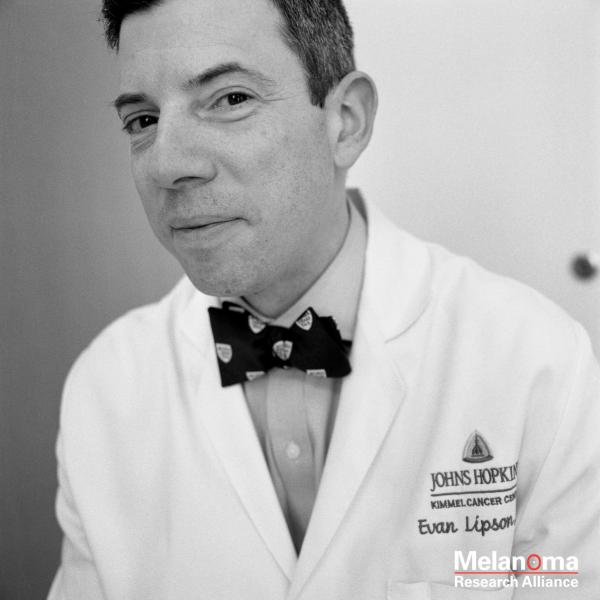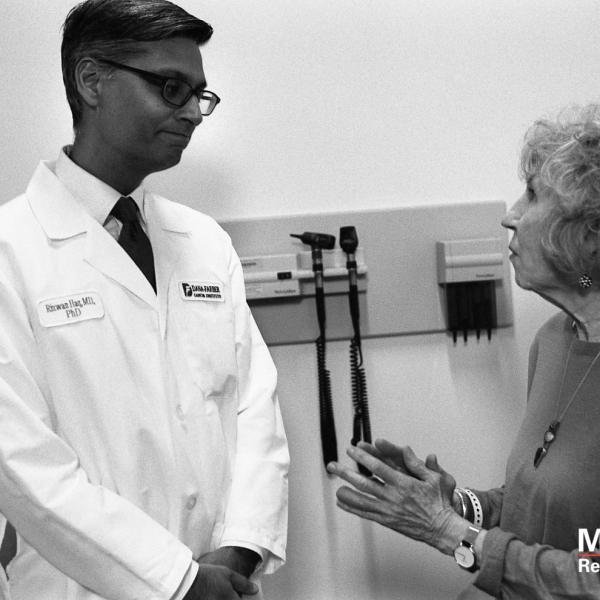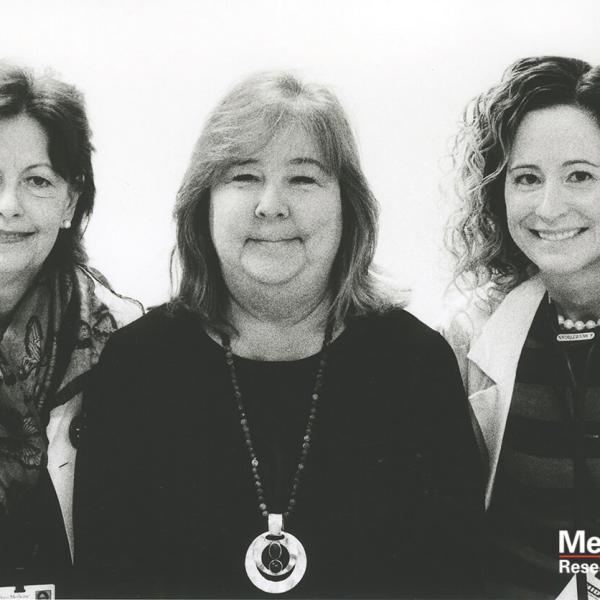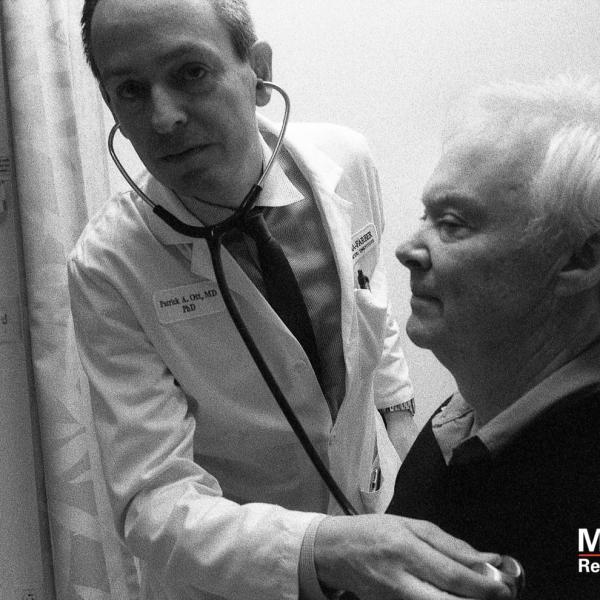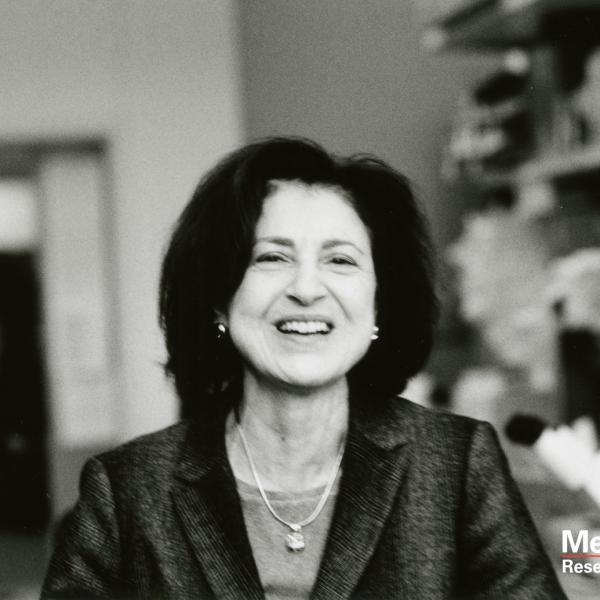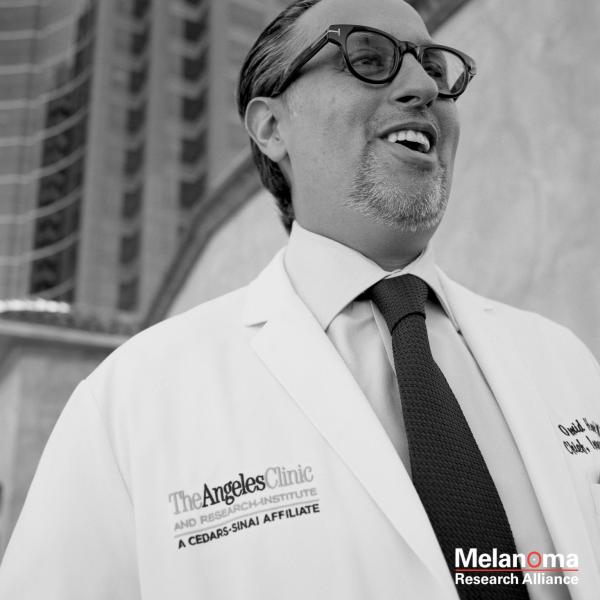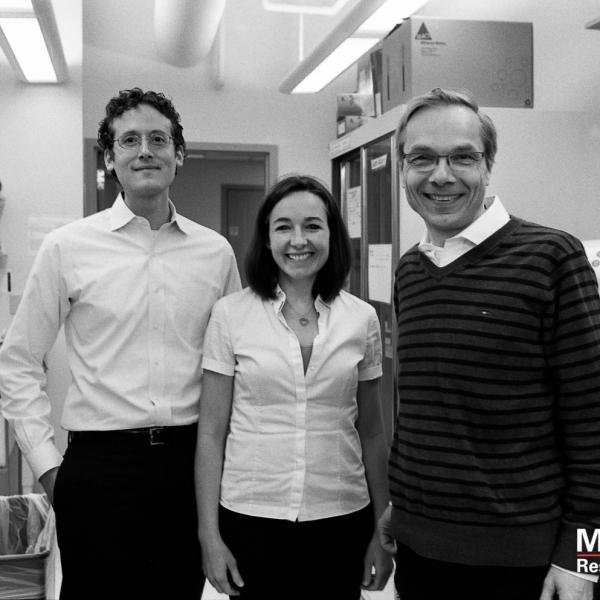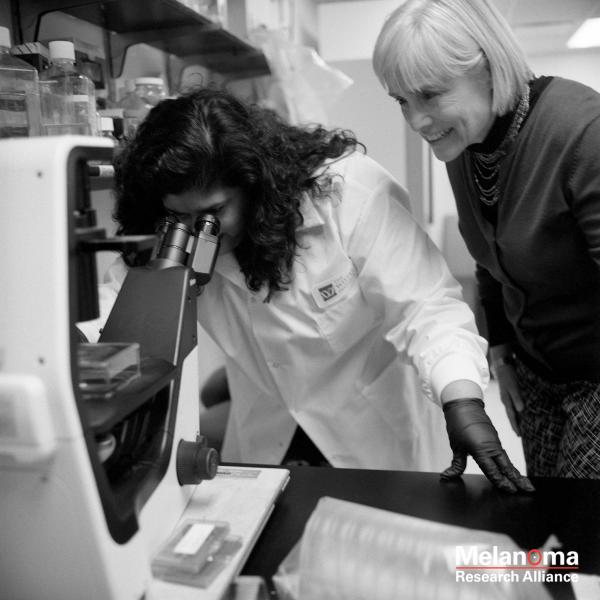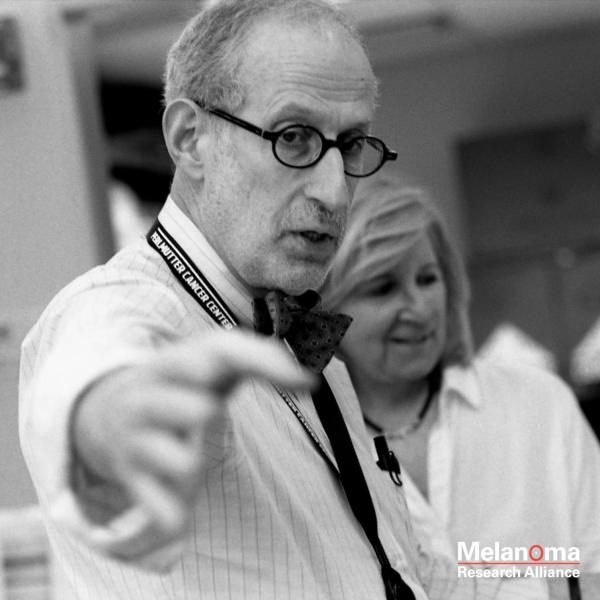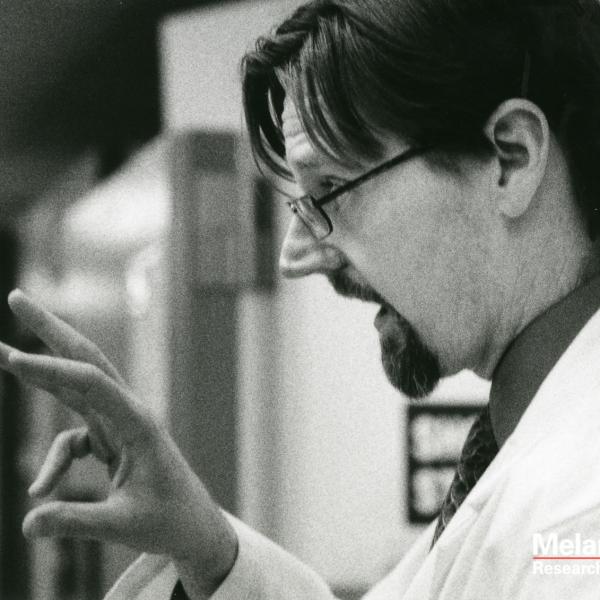Mary Elizabeth Williams
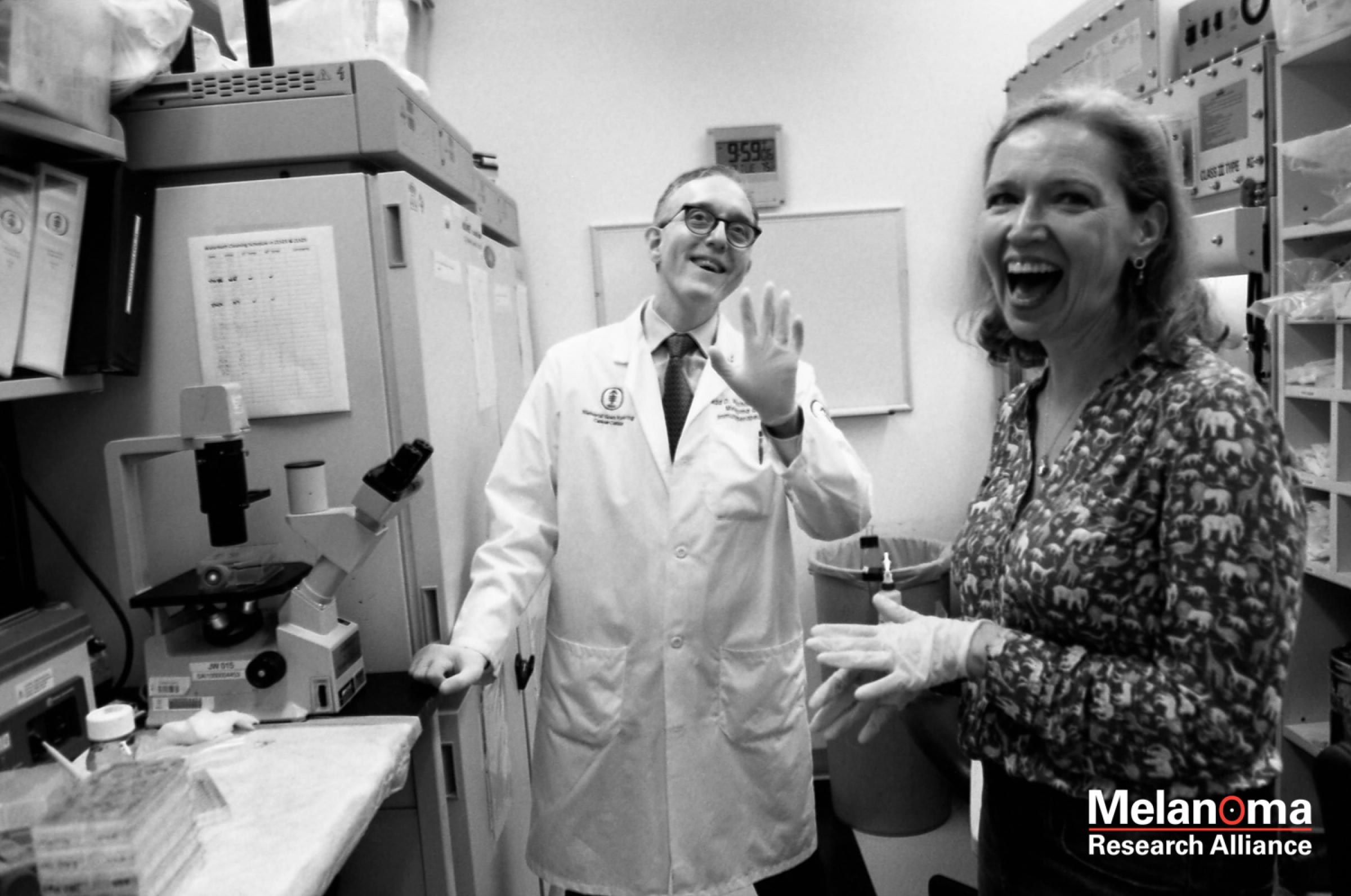
It was Summer in 2010 and Mary Elizabeth Williams noticed a SMALL bump on her head while washing her hair. It wouldn’t go away. She thought nothing of it, but did eventually make an appointment with her dermatologist.
“I just thought that maybe it was an infection or something weird that could just be scraped off,” says Mary Elizabeth. “No big deal.”
Except – it was a big deal. Days later – after taking a biopsy – her doctor gave her a call. Mary Elizabeth, a journalist, was finishing up a story.
All Mary Elizabeth remembers from the conversation was that it started with “I’m sorry,” and included words like “malignant,” “SLOAN-KETTERING,” and “tomorrow.”
“I still have the piece of scrap paper that I scribbled notes from the call,” says Mary Elizabeth.
She met with her oncologist the next day. She scheduled a surgery to remove 5 cm from the top of her head.
“I thought I was done with melanoma and was now a survivor – and I really thought I knew what that meant,” remembers Mary Elizabeth.
Once again – Mary Elizabeth underestimated melanoma. A year after her surgery to remove the lesion from the top of her head, scans revealed that the melanoma was back. It had metastasized to her lungs and throughout her soft tissue – meaning that she now had Stage 4 melanoma.
In 2011, while the research landscape for melanoma had started to improve, the prognosis for late-stage melanoma was still very bleak. In fact, 7 months was average for people with a diagnosis like Mary Elizabeth’s.
Mary Elizabeth’s oncologist suggested that she try a newly approved therapy called ipilimumab (Yervoy®) that had demonstrated some impressive (at the time) success rates of about 30%. Mary Elizabeth wasn’t impressed – but was told “it was a home run for people like her.”
Her oncologist also suggested she consider a clinical trial, that may offer better results from currently approved therapies.
“I remember being incredibly skeptical. I didn’t know anything about clinical trials, but I knew I didn’t like the sound of them. I thought it sounded very risky and very scary,” recalls Mary Elizabeth.
Ipilimumab’s 30% response rate weighed heavy on her mind – so she took a leap of faith and rode the elevator up one floor to meet with MRA-Medical Advisory Panel Member and seven-time MRA grantee, Dr. Jedd Wolchok.
Dr. Wolchok was investigating a novel combination of CTLA-4 targeting ipilimumab with an experimental drug then named MDX-1106. He believed this new drug, that targeted a second immune system checkpoint called PDL-1, could offer dramatically better outcomes for people like Mary Elizabeth.
“He explained what would be involved, why he believed in it, and why he believed in it for me,” says Mary Elizabeth. “He made it clear, that we’d be a team throughout this process and, for the first time, I became hopeful.”
After weeks of screening tests, blood work, and imaging scans to confirm her eligibility for the trial, Mary Elizabeth was very sick. She could feel tumors along her back and she was vomiting daily.
Finally, she was admitted into the trial and received her first infusion of ipilimumab and then the experimental MDX-1106.
A week later, she thought she was losing her mind. “I remember asking a friend – ‘Do you see this thing on my back?’”
He didn’t – because it was already melting away. This time, Mary Elizabeth underestimated the power of immunotherapy.
Three months later scans proved what Mary Elizabeth suspected. The tumors were gone; in fact she now showed No Evidence of Disease (NED) – meaning that no melanoma was detectible at all. And while she continued to receive regular infusions for two years, she was essentially cured.
Nine years since Mary Elizabeth’s initial diagnosis, the melanoma treatment landscape has dramatically changed for the better. Today, 12 new treatments have earned FDA approval including MDX-1106 – better known as nivolumab (Opdivo®) – the experimental treatment that Mary Elizabeth took as part of her clinical trial.
“I believe in immunotherapy,” says Mary Elizabeth. “I believe it worked for me.”
As a journalist, she has since tried to help her audience understand the power of immunotherapy – and its limitations. For example, while she reacted so well and so suddenly to what is now the combination of ipilimumab + nivolumab – that response is anything but typical. In fact, only about half of patients respond to even the latest immunotherapies. Understanding – and separating – the hope from the hype is important and isn’t always well communicated in the popular press. Mary Elizabeth wants to change this.
She has also become a staunch advocate for clinical trials. “The first time that people are exposed to clinical trials is too often when they’ve just been diagnosed with a serious, life threatening illness,” says Mary Elizabeth. “My hope is that we can give people a baseline of knowledge – because knowledge is so critical to reducing fear – before they need it.”
Mary Elizabeth is also passionate about changing the way patients are viewed in our health care system. ‘I just hate the idea that being a patient is seen as a passive experience. Treatment isn’t a passive thing,” says Mary Elizabeth.
In fact, the partnership she formed with Dr. Jedd Wolchok is one of the biggest reasons she chose to move forward with a clinical trial. “Jedd is one of the most empathetic listeners I’ve ever worked with. He wants to have a dynamic, collaborative relationship with his patients – and I can’t imagine doing it any other way.”
When she talks to other people facing a melanoma diagnosis, she encourages them to consider clinical trials.
“I always say, clinical trials aren’t for everyone.” But if you want more say in what happens, if you want an active role– because that’s what it really is – then clinical trials might be right for you.”


